When it comes to versatility and performance, the Fujifilm XF 18-55mm f/2.8-4 R LM OIS Lens is an excellent choice. Available as part of a kit or sold individually, this lens performs exceedingly well. Although there are other lenses with a similar focal range for the X-mount system, and great ones at that, this lens should not be dismissed as merely a kit lens, as it produces some great results.
Fujifilm, renowned for their exceptional optics, delivers again, providing remarkable imaging capabilities and a widely used focal range. The focal range spans from wide-angle to portrait-friendly standard zoom, designed to cater to a myriad of photographic needs, whether capturing sweeping landscapes, intimate portraits, or street scenes.
Build Quality
The lens boasts solid construction, combining metal and high-quality plastics, making it durable without adding excessive weight. While it's not weather-resistant, it can still withstand a light shower, as I've experienced. Measuring 70mm wide and 97mm extended and weighing just under 308 g, this lens is very portable. Its relatively small size makes it a great choice for those seeking a versatile travel companion without compromising performance. It features a 58mm diameter filter thread and a petal-shaped lens hood to complete its design.
Performance
The XF 18-55mm f/2.8-4 R LM OIS boasts a respectable and popular focal range, covering wide angle to standard zoom perspectives. At 27-84mm in full frame equivalent, this range allows for shooting landscapes, portraits, and everyday scenes with great clarity and detail. With an aperture range of f/2.8-4, the lens offers both low-light capabilities and the potential for beautiful bokeh in portrait shots.
The lens itself is made up of 14 elements in 10 groups, including 3 aspherical and 1 ED element, with an aperture range of f.2.8 - f/22 in 1/3 increments. 
The linear motor autofocus is swift, quiet, and accurate, locking onto subjects quickly and accurately. The focus ring operates smoothly, offering a tactile and precise feel. It’s responsive without being overly sensitive, with good friction allowing for precise manual adjustments when needed. The optical image stabilization (OIS) included in this ‘kit’ lens is particularly useful for handheld shooting or in low-light conditions, and can be engaged or disengaged via buttons on the lens. The aperture ring is barely audible, and it can be controlled either by the lens or the camera, depending on your shooting preference.
The gallery below contains images captured during a hike and a recent holiday. I wanted to travel light, so I only took the 18-55mm and no tripod. Initially, I was hesitant about this, considering the destination, but as it was more of a break than a photographic trip, it was worth it. All photographs were captured using aperture priority to test how the lens reacted quickly to different situations. You may notice a slight lack of contrast in the architectural images, more so in the skyscrapers. This actually has nothing to do with the lens; there was a constant haze during our time there. The images have very minimal post-production adjustments.
Pros
- Sharp images
- Compact
- Lightweight
- Standard zoom range
- Purchase individually or as part of a kit.
Cons
It's very close in focal range to the 16-80mm, so you may be swayed towards its constant f/4 aperture and extra reach.
Conclusion
One of the most appealing aspects of this lens is its versatility, catering to a wide range of photographic genres, from street to portrait to landscape. It's an all-rounder, combining focal length, aperture, and image stabilization to reassure in lower light scenarios. While there are other lenses with similar ranges in both aperture and focal length, some do not contain OIS. Ultimately, the decision is driven by your requirements and budget, but at $699, you really can't go wrong with this lens.
If you have a choice between the XF 18-55mm f/2.8-4 R LM OIS and the XF 16-80mm f/4 R OIS WR, there is only a slight difference of $100. I haven’t yet tried the 16-80mm, although you will find some positive reviews there. The XF 16-80mm f/4 R OIS WR offers a constant f/4 throughout the range, so this might be what you are looking for in a short standard zoom. When I purchased my Fujifilm X-T5 mirrorless camera, the option of the 16-80mm wasn’t there at the time but I haven't been disappointed in my decision in any way. This is a great lens, and although sold as a kit lens, it does not mean in any way that it’s sub-par. Far from the contrary, it’s a fantastic lens, and you will not go wrong with it.
For me, it was great on my travels and as an everyday carry-around lens. I have it attached to my camera very often when I’m out and about, as it allows me to capture a variety of images from intricate details to landscapes and architecture. It is a very versatile lens and should not be dismissed as an everyday kit lens, as it captures clean, sharp images with excellent color reproduction across the entire focal range.
If you are a Fuji shooter, you already know the quality optics that they produce throughout the range. If you are relatively new to Fuji, I would definitely not underestimate this lens, as you will be surprised by the results.

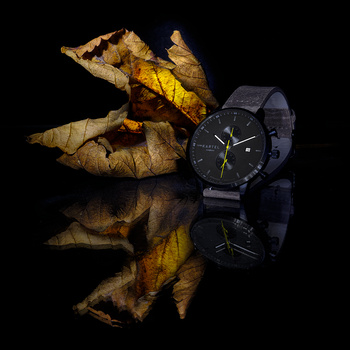
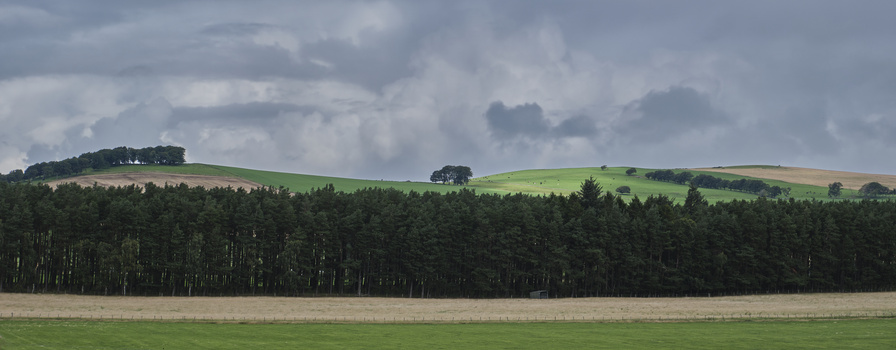
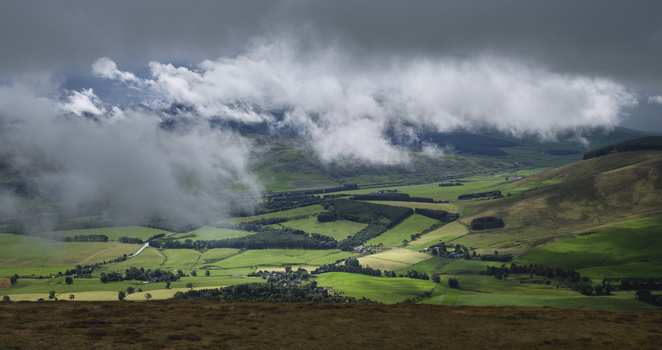
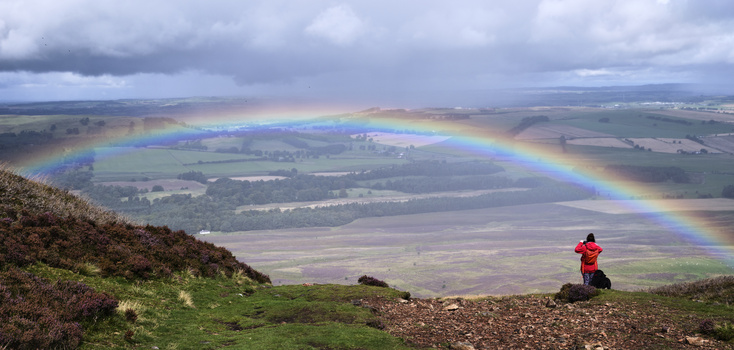
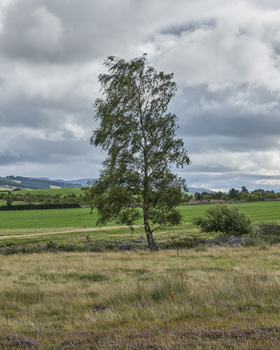
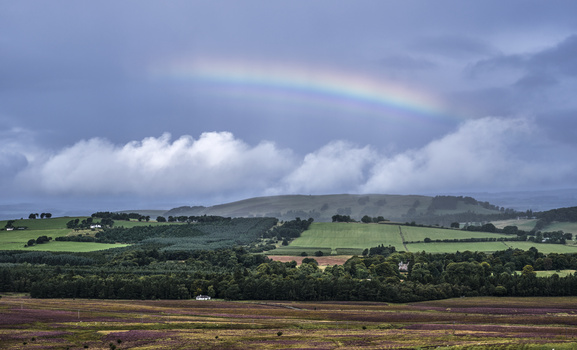
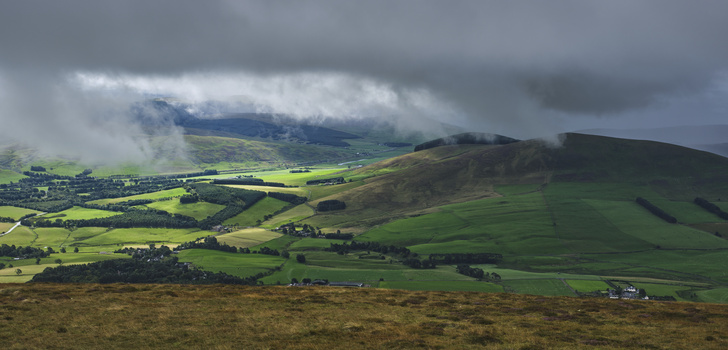
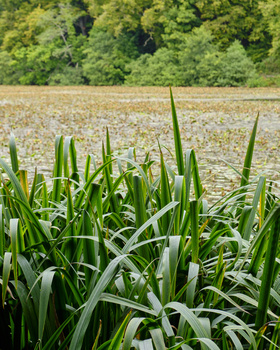
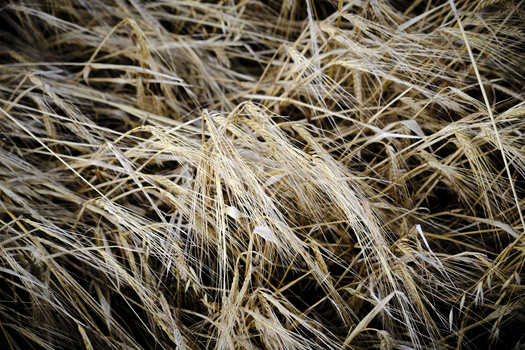
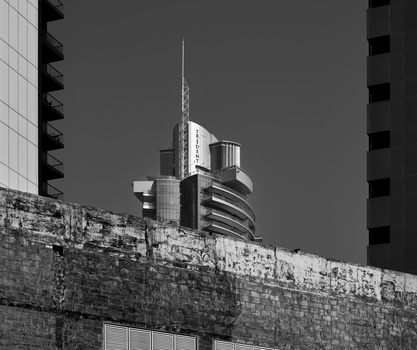
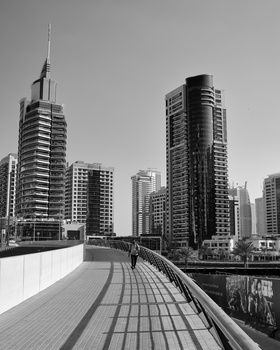
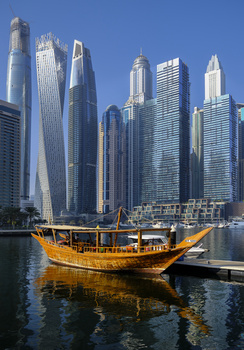

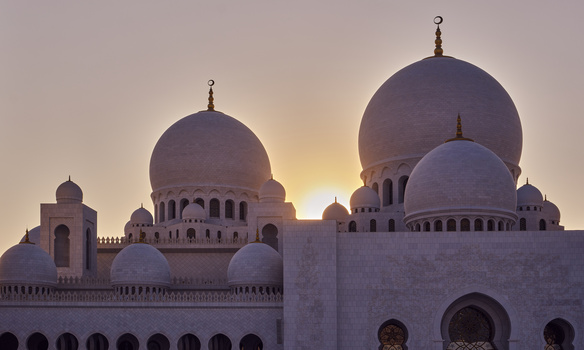
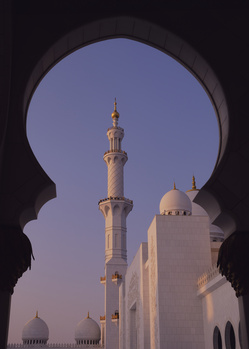
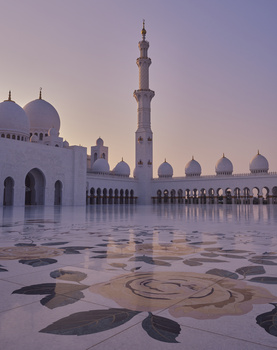

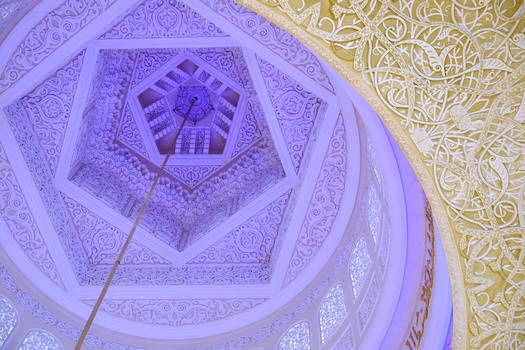
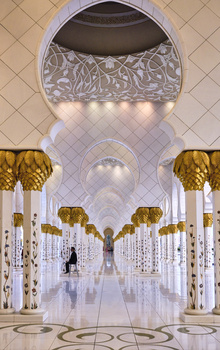
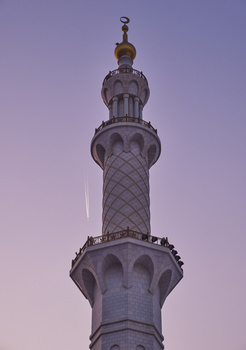
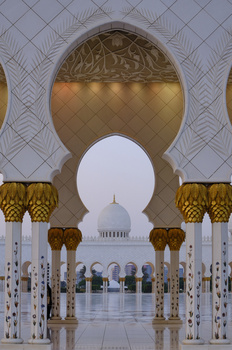
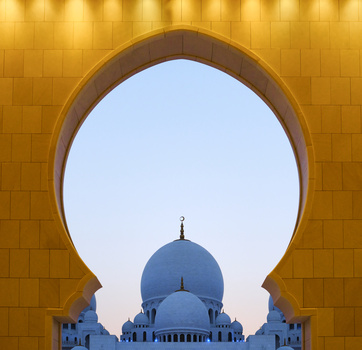
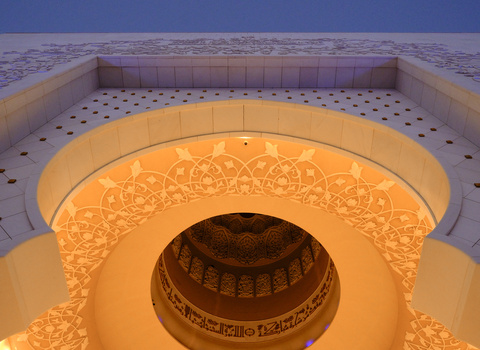
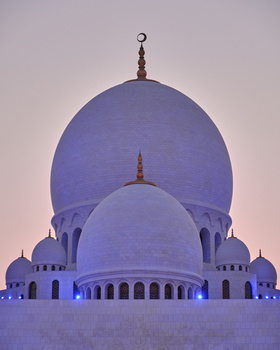
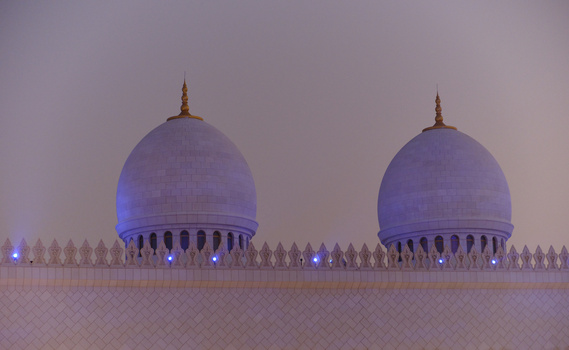
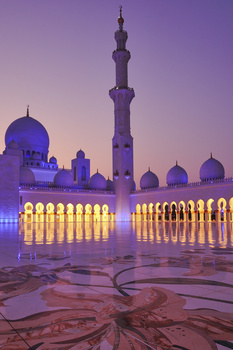
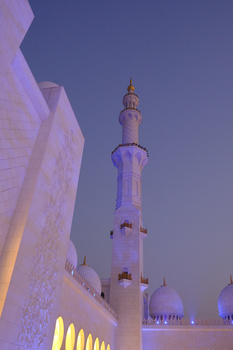
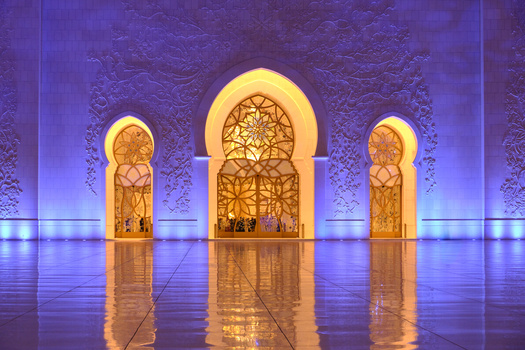
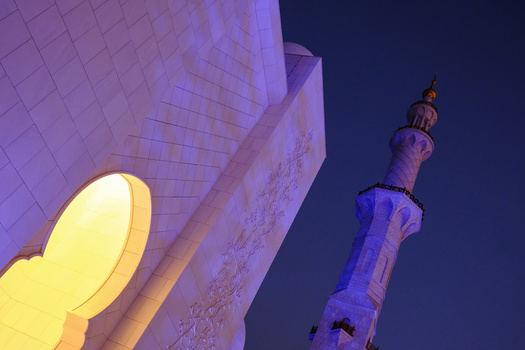
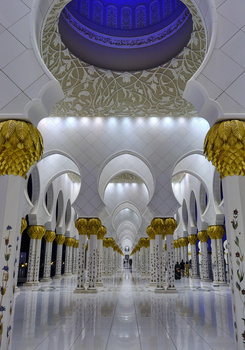






One of the most overrated lenses ever, my experience was a 100% meh, nothing to scream to miracle other than a good build
Absolutely agree. Got rid of the first one. The second was no better. Regularly missed focus and produced soft images. Not a patch on the 16-55 2.8
About 6 months ago I bought an X-T5, this kit zoom lens, and the 33mm 1.4 R LM WR prime lens. I love the camera but was instantly disappointed with both lenses. Mechanically they are well-made but optically they clearly lack the microcontrast and the tack sharpness of, say, the newer generation Nikon and Canon mirrorless lenses.
Most of my photography is opportunistic and candid so many shots have to be cropped in post, some heavily. There are a lot fewer keepers in this kind of situation when the lens isn't a top performer.
Fuji's current lenses are probably fine on the older X-T cameras with the old 24mp sensors but the new 40mp sensor on the X-T5 and X-H cameras clearly show that Fuji badly needs to upgrade their lens line.
I have this lens as my standard lens, it is always with my X-T3, I got it when I bought my first Fuji with the X-T20 years ago. It is a fantastic lens. It does have internal dust after all this time, but it doesn’t affect the image quality, so it is mostly an annoyance, The build quality as well as the image quality is great. Not a constant aperture lens, so no markings on the aperture ring, but for the size, that’s ok. Wide it has barrel distortion which is corrected with the internal lens correction parameters in jpg, and recognised by CaptureOne as well. Also in my bag is the 55-200, a perfect companion lens with impeccable image quality as well. I got the 33mm 1.4 for portrait shoots a little while back, as an update to my older 35mm 1.4. Both great lenses, but the older lens has an older focusing motor which isn’t a problem on my x-t3, but was slow on the contrast-detection focus x-t20. In certain light up close at f1.4, the 35mm had significant chromatic aberrations. So far the 33mm hasn’t disappointed, it is razor sharp.
I love this lens. I had some issue with quality control as my first one would not stop down smaller than it's most open aperture but my second one has been absolutely baller. This lens is in my top 5 favorite lenses that I have ever used. It's so sharp and quiet for a "kit" lens. It's size is perfect and it's relatively affordable. You can absolutely do pro work with this lens.
Compared to the APS-C kit zooms of bygone DSLR days, the XF 18-55 is just plain luxurious. Even among it's mirrorless contemporaries - it is an old lens after all - there is almost no comparing the XF 18-55 to the Sony 16-50 for APS-C or the 28-70 kit zoom for full frame. The 18-55 is plainly better in terms of build and ergonomics, is at least as good in terms of AF and OIS, and licks the 16-50 when it comes to corner image quality. Even compared to the full frame 28-70, the faster variable aperture on the XF effectively makes up for any full frame advantage in terms of low light performance. Not sure why people are bringing primes and higher end zooms into the conversation, it's not really where the comparison is to be made - you should expect newer and/or higher end glass to resolve more detail on high resolution sensors than a kit zoom you can acquire on a whim, used for $200-$300. The only other real "advanced kit lens" I have experience with is Nikon 24-70 f/4 S, which is optically superior, but it comes with a price and size to match.
It was a good lens, but I prefer the 16-50 XC lens. Wider by 3mm (24 vs 27) is pretty significant. I used the 16-50 in Sahara Desert in Morocco amidst a moderate sand storm, I thought the lens was done since it has no weather sealing. But it was perfectly ok, my Nikon 14-24 F2.8 on the other band didn’t do so well in sandy condition.
I'm curious how the XC 16-50 performs at 16mm - I know the Sony 16-50 is shockingly dark in the corners of the frame, though it is also designed to be extremely compact, and in doing so they seem to have sacrificed corner detail.
I got one of these as the kit lens with my X-E2 many years ago and still use it. Build quality is a step above most kit lenses, it has a very nice, smooth zooming action and optical quality is fine for normal use. I am sure there are better lenses but as a standard zoom this works very well and unlike many (most?) kit lenses didn't leave me feeling it was the cheapest way to get a lens on the body and which should be replaced as soon as I could afford something better (as evidenced by the fact I am still happily using it after 7 or 8 years).